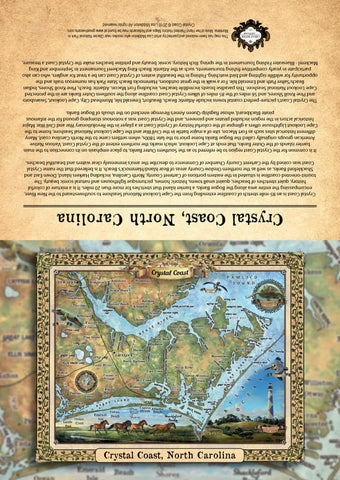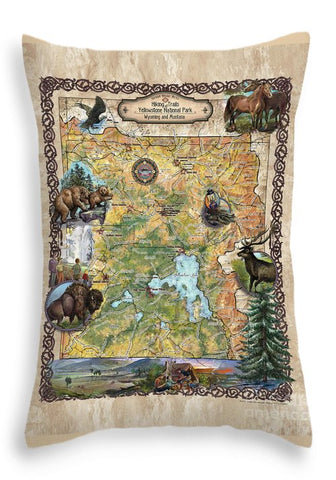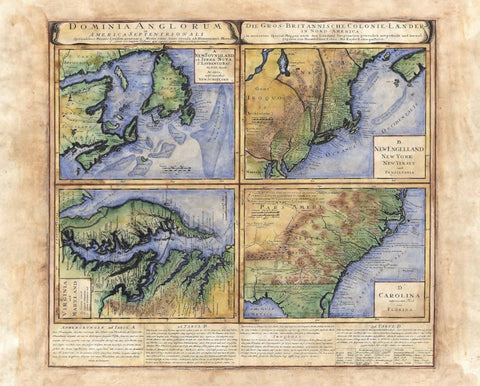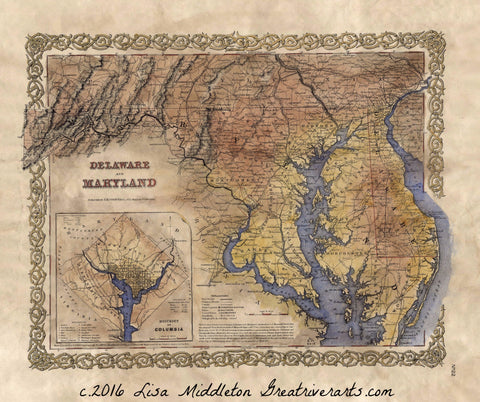165 Oroville, WA 1906 11x14" vintage historic antique map poster print by Lisa Middleton
AN OLD FRONTIER TOWN WITH A LONG PAST
The hand-written note to the right side of this plat map of the 1906 Oroville townsite
traces the land history at the south end of Lake Osoyoos. The inset map of Okanogan County and the copy on the left meant to promote the new town of 1906. The first train came into town in 1907 from the east through Molson as promised; Great Northern tracks were then laid north from Wenatchee, arriving in Oroville in 1914. The Old Depot building on Railroad Ave. served both passengers and freight shipments for 39 years. Oroville did, indeed, become prosperous.
One hundred and ten years later, town citizens will notice that the street names do not match today's street signs except for Central Avenue and Main Street. The change came about in 1956 when the town fathers were in the process of ordering new street signs. The story around town was that the supplier happened to have a batch of street signs not paid for by another city customer and offered them to the City of Oroville at a much reduced price. Thus Vancouver St. became Ironwood and so on. However, it is not clear why the numbered avenues were relocated--the Fourth Avenue of 1906 is now 18 th Avenue and 5 th Avenue moved to the south end of town-after a brief stop at vicinity of Golden St.-- along with First, Second, Third, Fourth. The old street names reflected the venerable names of pioneer settlements, including the original name of the old town of Oro ('gold" in Spanish), now known as Birch St. Something ineffable was lost when savings were gained.
Preceding the hamlet of Oro was Ragtown. And prior to Ragtown, the area at the
Okanogan-Similkameen confluence was recognized as an ancient Indian encampment, followed by a Hudson's Bay Co. fur brigade stop-over. Ragtown was exactly that: Tents pitched near the river to accommodate whoever was passing through-miners, fur traders, U.S. Army soldiers, surveyors, speculators, cowboys, con men and thieves. When the saloons were relocated to the new Oroville townsite, it was rumored that beer was served, the piano continued to be played
enroute, without stop.
It is clear that respectability and progress replaced the wide-open frontier encampment, but hard to say whether there was any improvement in a railroad town with seventeen saloons.
"Due to the unique nature of our maps all sizes are approximate. Please do not purchase a frame until you receive the map and measure it. "Free Shipping on all orders!
Satisfaction Guarantee. Full refund if returned in original condition within 14 days. Buyer pays return shipping. Full refund if returned in original condition within 14 days. Buyer pays return shipping.
The hand-written note to the right side of this plat map of the 1906 Oroville townsite
traces the land history at the south end of Lake Osoyoos. The inset map of Okanogan County and the copy on the left meant to promote the new town of 1906. The first train came into town in 1907 from the east through Molson as promised; Great Northern tracks were then laid north from Wenatchee, arriving in Oroville in 1914. The Old Depot building on Railroad Ave. served both passengers and freight shipments for 39 years. Oroville did, indeed, become prosperous.
One hundred and ten years later, town citizens will notice that the street names do not match today's street signs except for Central Avenue and Main Street. The change came about in 1956 when the town fathers were in the process of ordering new street signs. The story around town was that the supplier happened to have a batch of street signs not paid for by another city customer and offered them to the City of Oroville at a much reduced price. Thus Vancouver St. became Ironwood and so on. However, it is not clear why the numbered avenues were relocated--the Fourth Avenue of 1906 is now 18 th Avenue and 5 th Avenue moved to the south end of town-after a brief stop at vicinity of Golden St.-- along with First, Second, Third, Fourth. The old street names reflected the venerable names of pioneer settlements, including the original name of the old town of Oro ('gold" in Spanish), now known as Birch St. Something ineffable was lost when savings were gained.
Preceding the hamlet of Oro was Ragtown. And prior to Ragtown, the area at the
Okanogan-Similkameen confluence was recognized as an ancient Indian encampment, followed by a Hudson's Bay Co. fur brigade stop-over. Ragtown was exactly that: Tents pitched near the river to accommodate whoever was passing through-miners, fur traders, U.S. Army soldiers, surveyors, speculators, cowboys, con men and thieves. When the saloons were relocated to the new Oroville townsite, it was rumored that beer was served, the piano continued to be played
enroute, without stop.
It is clear that respectability and progress replaced the wide-open frontier encampment, but hard to say whether there was any improvement in a railroad town with seventeen saloons.
"Due to the unique nature of our maps all sizes are approximate. Please do not purchase a frame until you receive the map and measure it. "Free Shipping on all orders!
Satisfaction Guarantee. Full refund if returned in original condition within 14 days. Buyer pays return shipping. Full refund if returned in original condition within 14 days. Buyer pays return shipping.
We Also Recommend













